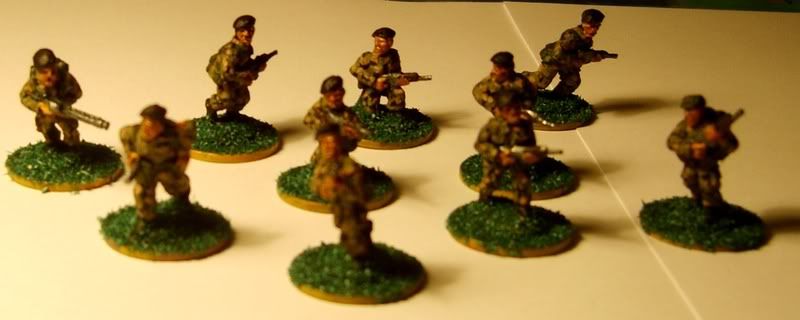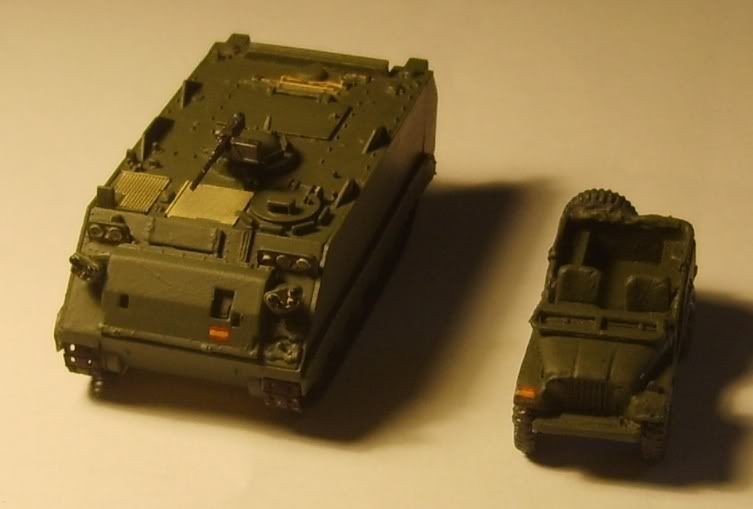I'm going to be running the Battle for Tuzkhur using Arc of Fire. These are rules I know really well and so can run confidently. I really want the game to bowl along at a good pace.
Bob Mackenzie
would suggest this is unlikely to happen because AoF uses a card-driven turn sequence. However, I am confident that I can tweak the system to address his concerns.
As Bob suggests, there can be problems using card-driven systems in multi-player games. This is the definitely case if the system allows only one player to be active at a time and all the others are standing and waiting. However, I think we an get round this quite nicely.
Arc of Fire usually activates each unit twice a turn – each unit has a pair of cards in the deck - for example on both red Aces. However, it is common practice for a given pair of cards to activate more than one unit – it's part of the subtlety of the system in capturing different degrees of command co-ordination. In our long and thin game we can take this further. The only important factor from a game-play point of view is that opposing units in the same sector aren't activated at the same time.
My experience is that AoF games bowl along nicely as long as there are no more than about eight pairs of cards in the deck (plus the Jokers). So let's activate several sectors' worth of units on each card pair. There's no reason why the Ace of Spades shouldn't simultaneously activate American tanks in one part of the field, a French Special Forces snatch squad in another, and an NBC TV crew in a third.
Another concern with card-driven systems is that everyone has to wait for the slow player to complete his turn. This could be exacerbated in the system I've described. If, say, Black 2 activates two units carrying out lengthy fire-fights or complex manoeuvres, then some players will be left as spectators awaiting the next card. In reality, though, I've found this not to be the case when you have a referee. He can usually leave a slow player to get on with moving his unit and take a sneaky peek at the next card. Often this can be revealed without interfering with the flow of the game.
In a big game like the Tuzkhur Valley battle there is the danger of things being even slower at times when there aren't enough players to go round. Frankly, I have no idea how many players we'll get so there could well be many times when there is someone around to move, say, the American main force and their immediate opponents but no one to progress the fighting in and around Tuzkhur town. So be it. Most of war is sitting around waiting punctuated by short periods of terror. I have no problem ignoring the more static portions of the battle for a few turns while we concentrate on the exciting stuff.
In fact this approach brings its own advantages. These "static" portions of the battle provide ideal settings for passing players to play for a short while and get a feel for the game, the rules or whatever else interests them without having to commit for hours at a time.
Finally, I'd like to point out in defence of card-driven systems that the non-phasing players are rarely completely inactive. There are casualties to determine and mark, morale tests to take and often considerations of whether to attempt opportunity fire.
















